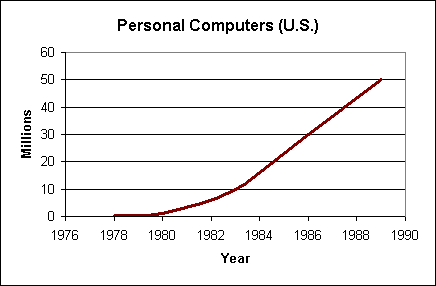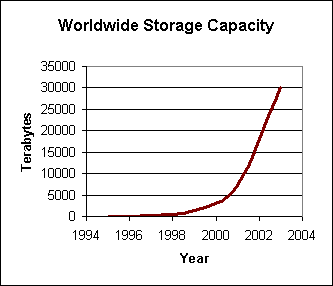The History of Computers

Abacus
Probably the first computing tool was the abacus, which emerged about 5000 years ago in Asia Minor, and is still in use in some countries today. Similar devices were used throughout the world up until 1642, when Blaise Pascal, the 18-year-old son of a French tax collecter, invented what he called a numerical wheel calculator to help his father with his duties. This was a rectangular brass box using eight movable dials to add sums up to eight figures long. 52 years later, a German mathematician and philosopher, Gottfried Wilhelm Von Leibniz improved this device to add multiplication.
It wasn’t until over 100 years later that Charles Babbage, in 1882, proposed his difference engine. Powered by steam and as large as a locomotive, it would have stored a program and performed calculations, being able to print the results automatically. After ten years work on this concept, Charles suddenly began work on the first general-purpose computer, calling it an analytical engine. Having secured funding from the British Government, and with the help of his assistant, Augusta Ada King, Babbage’s machine has given him the title as the father of modern computing. An American, Herman Hollerith, is credited with creating the first large scale implementation of Babbage’s machine. Hollerith improved the idea and, for the first time, used punch cards to store data. He used cardboard cards with holes punched in them to represent numbers and letters, and his computer allowed the U.S Census Bureau to complete a census count, a task that had previously taken nearly ten years, in six weeks. Hollerith founded the Tabulating Machine Company in 1896, later to become the famous International Business Machines (IBM) in 1924 after a series of mergers – a company that has held the dominant position in computer business worldwide up until today.
Calculator
In 1931, Vannevar Bush developed a calculator for solving differential equations, but it was very cumbersome with a great number of gears and shafts. An American graduate student, Clifford Berry, and his professor, John Atanasoff, extended Bush’s ideas and, based upon the earlier work of George Boole who invented binary algebra, they had developed the first all electric computer by 1940. This was soon overshadowed by similar work by people such as IBM’s Howard Aiken, credited with developing the first electronic calculator in 1944, for the U.S Navy. Several other war-induced computer projects helped initiate many of the core concepts that influenced computer engineering for the next 40 years. John Von Neumann, working on a military project, designed the first computer memory, and pioneered the use of a central processing unit – the precursor to today’s modular computer design.
By 1951, companies such as Rand had commercially available computers taking advantage of these advances in computing, and the 1948 invention of the transistor was beginning to allow smaller, more sophisticated computers to be created. The computer mouse was invented in 1963, followed a year later by Digital Equipment Corporation’s PDP-8, the first mass-produced minicomputer. By 1972, Intel – today the world’s largest computer processor manufacturer, introduced the first 8-bit microprocessor, complete with 16 KB of memory and able to perform 60,000 instructions per second. In 1976, Steve Wozniak and Steve Jobs created the Apple I computer and formed the Apple Computer company. A few months later Bill Gates and Paul Allen created the Microsoft Company.
Hard Drive
In 1980, Seagate Technology announced the world’s first hard disk drive, able to hold 5 MB’s of data. This, along with the invention of the transistor, is perhaps the single easiest to identify event that ignited the explosive growth of the modern computer, and ultimately, the Internet. The computer revolution was officially launched when Apple Computer sold all 4.6 million of their initial shares within minutes of going public – the largest public offering since Ford in 1956. 327 thousand personal computers were sold in 1980. By 1981, IBM announced their IBM 5150 PC Personal Computer, and the race was on. By 2000, over 140 million machines were sold in that year alone.

Personal Computer Sales in the U.S.
Proceed to the History of Telecommunications
